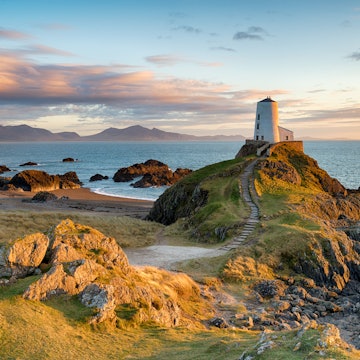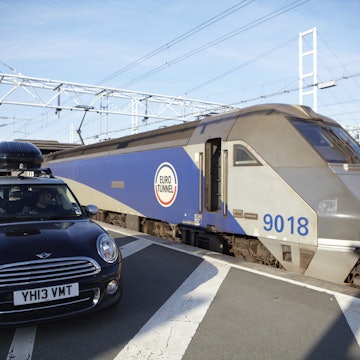

The Peak District National Park offers many stunning views. christographerowens/Shutterstock
A romantic collection of widescreen valleys, chocolate box villages and stately homes, the Peak District was England’s first National Park when it opened in 1951, and its 555 square miles remain an alluring draw. From the wind-whipped hills of the Hope Valley down to charming rural towns like Bakewell and Buxton, its mixture of outdoor pursuits and seductive village life means there’s something here for all travelers.
And for a vast National Park, the Peak District is unusually accessible too, with regular trains and buses scouring its majestic canvas.
So whether you’re here to hike its hills or meander its cobbled streets, here’s a first-time guide to the Peak District:
When should I go to the Peak District?
For the best weather, and to make the most out of the area’s outdoor activities, it’s best to visit between May and September. This does come with the caveat of extra crowds, however, especially in popular places like Bakewell. October’s color rush of red, gold and yellow makes that month particularly good for mild weather and wonderful photography opportunities.
Fewer hotels are open in winter, and the cold weather makes outdoor pursuits more challenging, but cheaper prices and minimal crowds are attractive draws.
How much time should I spend in the Peak District?
The Peak District is a large area where you could spend a week, but it’s still easily reachable enough for a day trip. About 3-5 days is probably a good amount of time to make the most of the place.
Perhaps spend a couple of active days in the Hope Valley, before heading south for a more leisurely exploration of Bakewell, Buxton and Matlock.
Is it easy to get in and around the Peak District?
Flanked to the south by Derby and Stoke-on-Trent, to the west by Manchester and to the east by Sheffield, the Peak District is one of the country’s most accessible landscapes.
In the spectacular Hope Valley, Northern Rail trains run regularly on the Hope Valley Line between Sheffield and Manchester and at outdoor hotspots like Edale, Bamford and Hathersage. It connects down to Buxton, too, at New Mills.
Further South, the rural nature of the villages around Bakewell make hiring a car more efficient, though High Peak Buses cover plenty of locations and an adult day ticket costs just £6 ($8). The pretty Derwent Valley is served by the Derwent Valley Line running from Derby to Matlock.
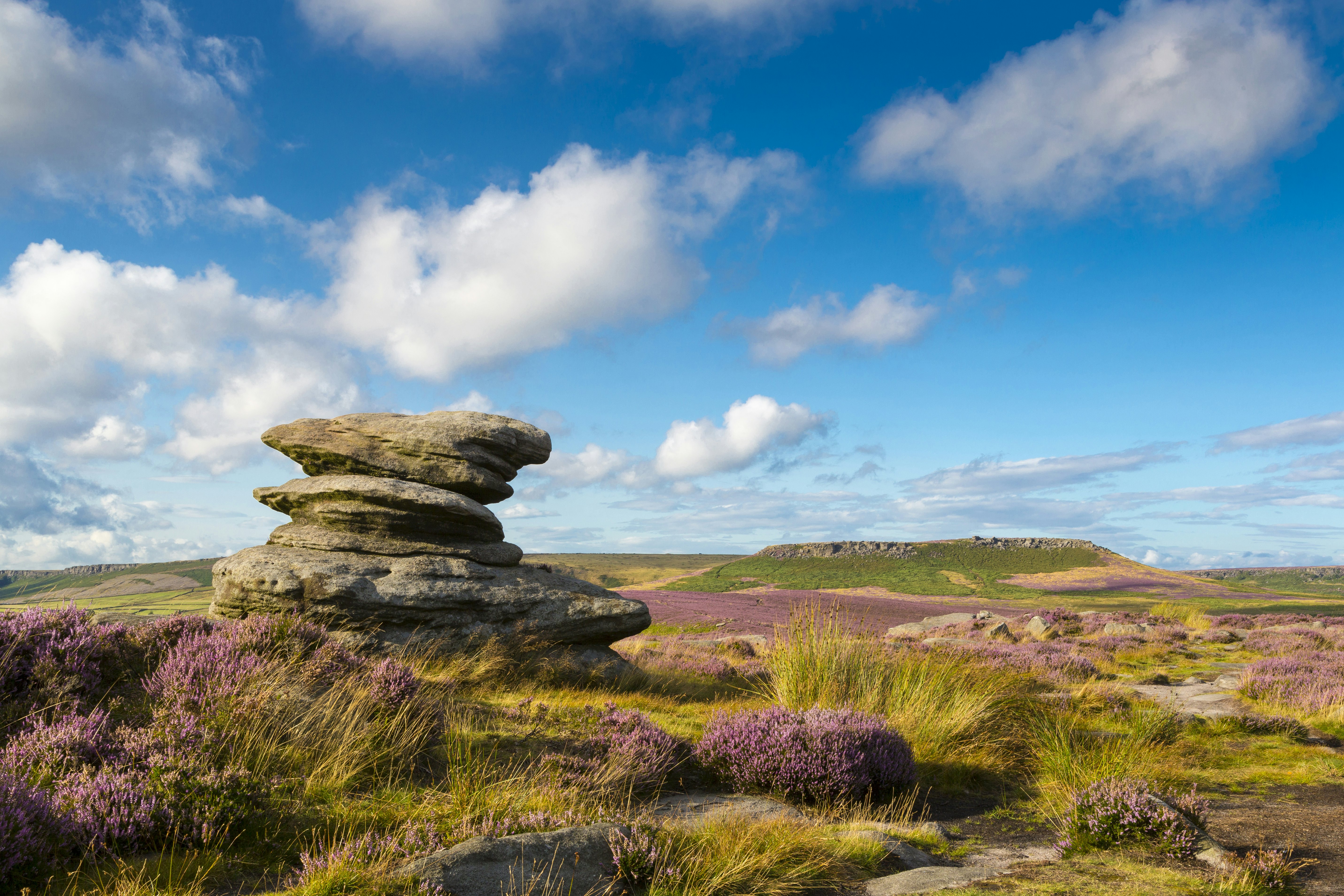
Top things to do in the Peak District
Embrace the outdoors
The Hope Valley's rising hills form a wonderful canvas for outdoor adventures, with the tiny village of Edale forming a rural trailhead for many of the best hikes.
With its rugged gritstone edges, the craggy escarpment of Stanage Edge is a majestic wind-whipped shelf where some of the Peak District's more extreme pursuits can be indulged.
If hang gliding is your thing, the powerful gusts at 450m above sea level provide a perfect runway into the sky (with spectacular views), while the vertical rock faces further along Stanage Edge are ideal for rock climbing. And if you’re a beginner, make sure to book lessons with professional companies like Pure Outdoor.
Find sweet treats in Bakewell
Famous for its namesake puddings and tarts, the pretty town of Bakewell has long been a haven for anyone possessing a sweet tooth.
Hemmed inside a 17th-century timber building, The Old Original Bakewell Pudding Shop is home to the finest examples of the town's delicate delights (the pudding traditionally uses puff pastry and a soft, custard-like almond filling, while a Bakewell tart is made from a shortcrust pastry base holding a jam and frangipane filling inside).
Take the time to explore the town too, as Bakewell’s mellow stone buildings and languid riverside setting form a dreamy spot for summertime strolls.
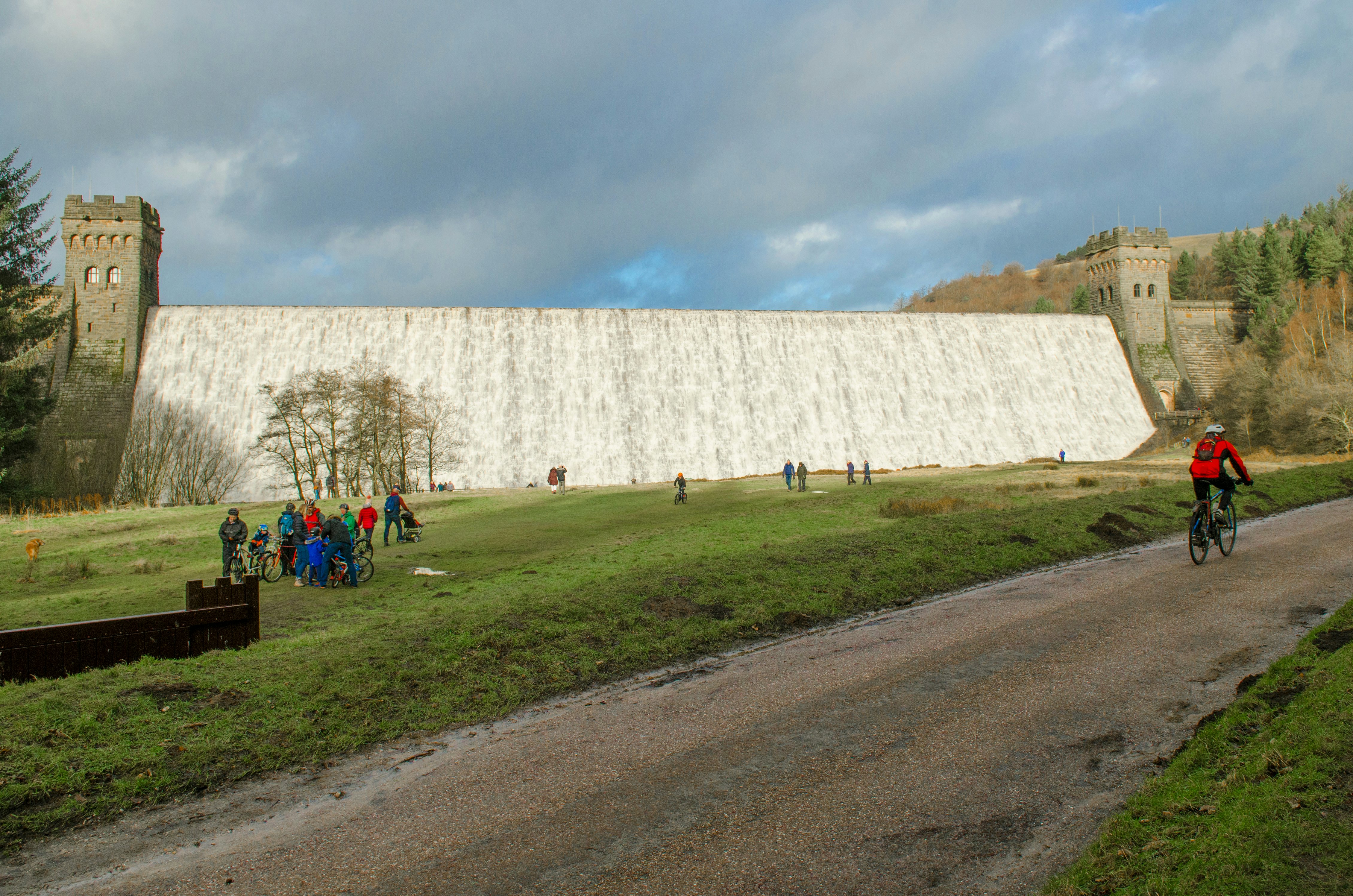
Cycle past reservoirs and viaducts
Many of Britain’s rural railway lines didn't survive the cost-cutting closures of the 1960s, but some were later repurposed into public paths. A meandering eight-mile joy for cyclists, the Monsal Trail weaves by lush forest, former lime kilns and handsome Victorian viaducts between Blackwell Mill in Chee Dale and the Coombs Viaduct near Bakewell.
Another of the Peak's most evocative cycling experiences flanks the edges of Ladybower Reservoir and Derwent Dam. Both provide fine cinematic views as you’re rolling by the water, but Derwent Dam is also notable as it was here in 1943 that pilots of the Royal Air Force’s 617 Squadron practised the low-level flights needed for Operation Chastise, better known as the "Dambusters" raids in World War II.
Transport yourself back in time
While transport has its challenges in a place like the Peak District, historic forms of traveling around are celebrated in several places.
At Crich Tramway Village, vintage trams roll through a finely recreated Edwardian village, past a restored pub, ornate tearooms and a traditional sweet shop. On a larger scale, Ecclesbourne Valley Railway's nine-mile route is the longest heritage railway in the park, and visitors can ride either steam and diesel locomotives (note that, like most heritage lines, this is a seasonal operation).
And for anyone with an interest in classic British cars of yesteryear, the Great British Car Journey is a veritable smorgasbord of the ordinary and extraordinary, including everything from a Rolls-Royce Silver Shadow to a Reliant Robin.
See some unique architecture
Spa town Buxton became famous in the 19th century for the quality of its mineral water, but it's also home to the Peak District’s most distinctive architecture.
The curving façade of the Crescent Spa Hotel is perhaps Buxton's most recognizable scene, while the elegant 1903 Opera House wouldn't have looked out of place in Belle Époque-era Paris.
However, it’s the Devonshire Dome that’s the most unique of all. Completed in 1789, it was once the largest unsupported dome of its type in the world, and the bizarre echo effect when speaking beneath its cavernous hood is still an eye-opening (and slightly unnerving) experience.
Explore a mighty cave
The Peak’s bucolic southern slopes and tiny villages are lovely for a weekend of gentle walks and pints in country pubs.
Though if you want a slightly oddball escape, the walk to the evocatively titled Thor’s Cave is ideal. Starting in the quiet village of Wetton, the walk arcs around and through high fields past curious sheep before ducking down past Wetton Mill (a good place for a break).
The climb then begins up to Thor’s Cave, a natural cavern inside a steep limestone crag that’s tricky to clamber inside as the surface is incredibly smooth. There’s also a short walk to the summit, which affords some fine views over the Derbyshire countryside.
Witness opulence up close
With such handsome scenery to choose from, it's little surprise some of Britain’s wealthiest nobility chose to build their lavish stately homes in the Peak District.
Famous for appearing in various screen adaptations of Jane Austen's Pride & Prejudice, Chatsworth House was completed in 1708 and is a sumptuous mansion and gardens near Bakewell. Nearby Haddon Hall is a grand Elizabethan manor house with parts dating back to the 11th century, while its fine 16th-century Long Gallery is 110 ft long and was considered England’s most beautiful room on completion.
Perched on a Derbyshire hilltop, Hardwick Hall is a Tudor masterpiece and an early example of an English interpretation of European Renaissance architecture (check out its absurdly sized windows).
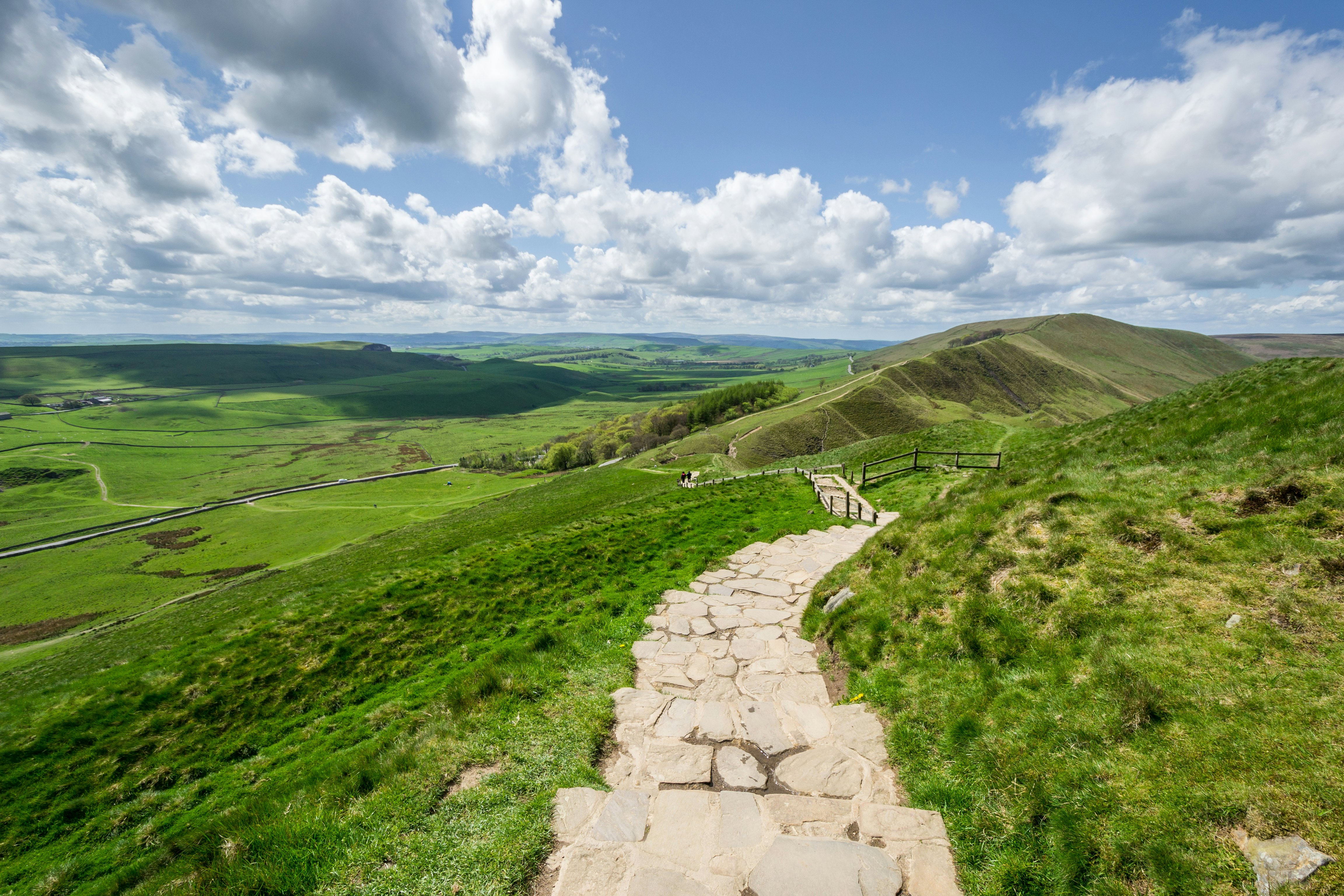
My hike up the 517m Mam Tor didn’t get off to a great start, as my guide felt I needed pants better suited to the elements, and thus I was presented with a pair of gaudy purple waterproof trousers. Still, now more colorful, I did feel more prepared.
The only sounds as we trudged higher up the steep hill were the staccato yelps of sheep dotting the green slopes, and a light rain began to fall. My legs felt heavy as we neared the top, but within minutes the rain stopped and a golden sun slowly flared through the parting clouds.
The blustery summit was circled above by buzzards and kestrels, and a bright rainbow formed over the landscape, with the serpentine Edale Road meandering into the distance. The view south into Derbyshire was equally stunning, with an ethereal haze hanging over the faded silhouette of the old Hope Valley Cement Works. The Peaks aren’t as famous as the Lake District or the Scottish Highlands, but for that moment, I didn’t want to be anywhere else.
How much money do I need for the Peak District?
Hostel room: £30 ($41)
Basic room for two: £130 ($178)
Self-catering apartment (including Airbnb): £110 ($150)
Public transport ticket: £5/6 ($7/8) for an all-day bus ticket
Coffee: £3 ($4)
Sandwich: £7 ($9)
Dinner for two: £60 ($82)
Beer/pint at the bar: £5.50 ($7)
Do I need a car?
If you’re only planning on sticking to the Hope Valley, then you’ll be able to get by on the train alone. Anywhere else and you’ll have to incorporate travel by bus too. But overall, a sustainable trip here by public transport is entirely possible.
But outside of the Hope Valley, having a car will make life a lot easier, especially for beginning hikes at certain trailheads or visiting small villages.












